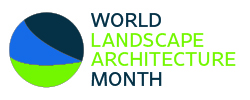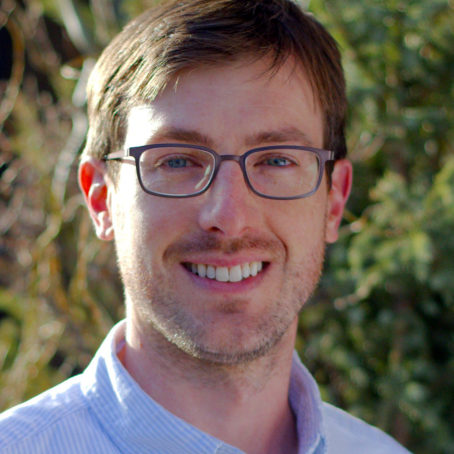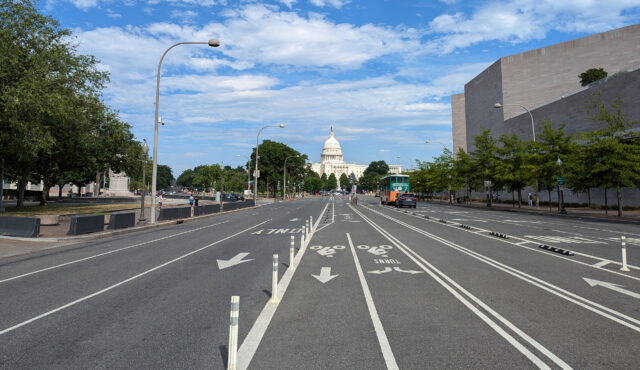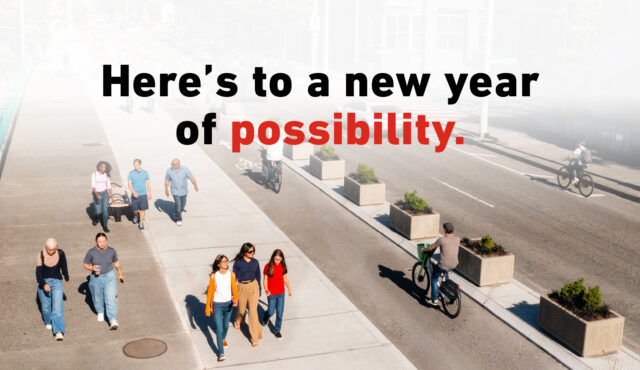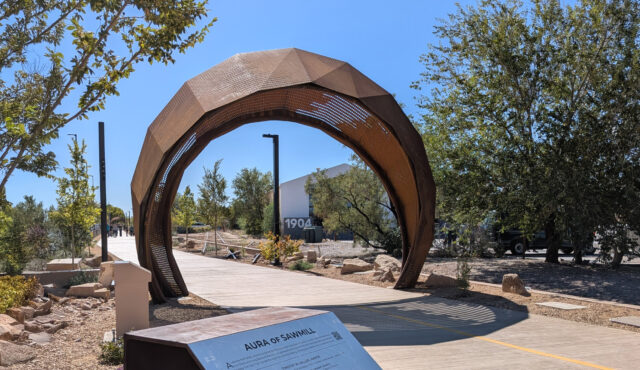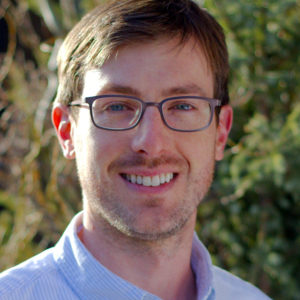 Noah Halbach, Landscape Architect II, is a designer and project manager in Toole Design’s Minneapolis office. We asked Noah for his perspective on landscape architecture in the transportation arena, the profession in general, and what “Growing Together”, the theme of this year’s World Landscape Architecture Month, means to him.
Noah Halbach, Landscape Architect II, is a designer and project manager in Toole Design’s Minneapolis office. We asked Noah for his perspective on landscape architecture in the transportation arena, the profession in general, and what “Growing Together”, the theme of this year’s World Landscape Architecture Month, means to him.
Why is the work of Landscape Architects important in the field of transportation?
Landscape Architects bring two key perspectives to transportation work. First is our holistic view. Through our study of ecology, we develop a deep understanding of interconnected systems and how actions have far reaching and sometimes unintended consequences. We are good at understanding how a project fits into its surrounding context and work to make sure the project is an asset to the greater area. Second is our understanding of transportation as an experience. Landscape Architects are trained to consider people’s experience in design. When people travel, they may start at point ‘A’ and end at point ‘B’ but everything in-between those two points is an experience and landscape architects are focused on shaping that experience through carefully planning routes, featuring specific views, selection of materials, and other elements.
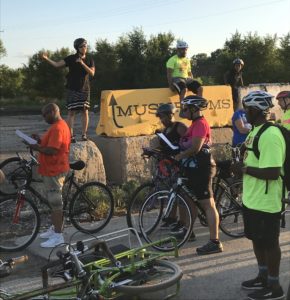
What Toole Design project that you’ve worked on best exemplifies this year’s landscape architecture month theme of Growing Together?
I’m currently part of the team that is working on the Upper Harbor Terminal (UHT) redevelopment in Minneapolis. The site was formally a transfer terminal where raw materials were moved from barges on the river to freight cars on the railway. It is the largest single-owner development opportunity along the Mississippi River. We are working on a large regional park and mile-long section of riverfront trail. A project of this scope requires the coordination and cooperation of many partners. The growth is happening literally, through repurposing the deteriorating industrial site into a green space that benefits the river ecology and figuratively, in adding a space where the community can come together for recreation and learning.
Which part of your training as a landscape architect has proven most useful and relevant to you as a transportation professional, and is there anything you wish you’d been taught in school that you’ve since learned?
The importance of clear, focused communication. All the projects I work on require sharing ideas with others, whether it’s with coworkers, clients, the public, or other project partners. Communication can be verbal (meetings, presentations, phone calls), written (e-mails, proposals, guidance), or graphic (sketches, computer graphics) but common to all methods is the importance of being succinct so that others have a better chance at processing your message. Good communication is a two-way street, so it’s also important to be a good listener.
One thing I wish I would have developed more in school is drawing by hand. We primarily learned how to create computer graphics. Nothing beats the versatility and impact of being able to quickly sketch out an idea and hand drawing is one of the simplest and fastest way to do this.
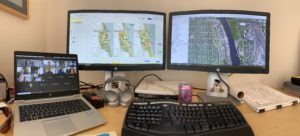
What’s the one piece of advice you’d give someone considering a career in Landscape Architecture?
Seek out someone that does the work that you think you are interested in and ask them a lot of questions. Ask them what they like about the job? what they dislike? Ask if you can see where they work or if you can shadow them to get a better sense of what their day-to-day responsibilities are. Then ask yourself if that’s something you would enjoy doing yourself? Most professionals would be happy to help a young person interested in what they do, so don’t worry about intruding. If they don’t have the time, they’ll tell you.
If you’re interested in Landscape Architecture and want to become a good designer, then my advice is to “be part of the world.” Observe, document, analyze. What parts of the built environment do you like and what do you dislike? Why? Understand that everything was designed by a person and that it was someone’s job to develop each part of the world in which you exist. Start to think about why things are the way they are and how you might do things differently. This will develop your critical understanding of the world and give you a foundation to build your own ideas upon.
